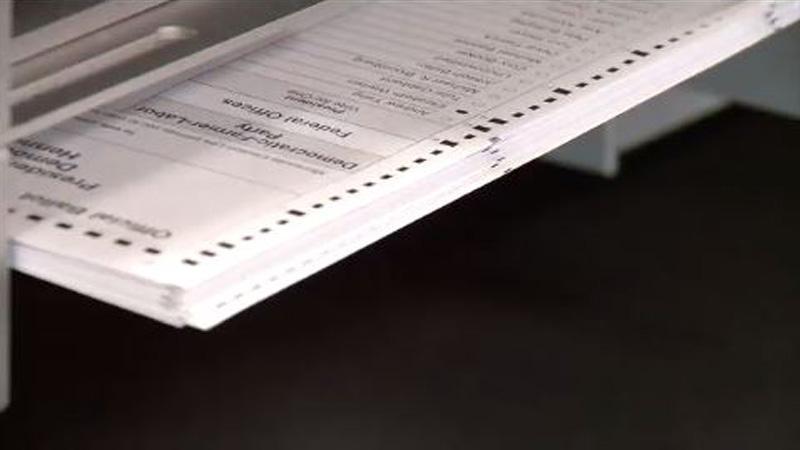EXPLAINER: How ranked-choice voting works

[KSTP/File]
Tuesday marks exactly one week until Election Day.
In-person voting polls open at 7 a.m. Tuesday, Nov. 2.
Ahead of Election Day, here’s a breakdown of ranked-choice voting, courtesy of information from the Minnesota Secretary of State’s Office as well as Minneapolis and St. Paul city offices:
What is ranked-choice voting?
Ranked-choice voting describes voting systems that allow voters to rank candidates in order of preference, and then uses those rankings to elect candidates able to combine strong first-choice support with the ability to earn second- and third-choice support.
How does ranked-choice voting work?
On their ballots, voters simply rank candidates in order of their choice. Voters can rank as many candidates as they want, without fear that ranking others will hurt the chances of their preferred candidate.
How do I mark my ballot?
First, voters can choose and mark their top candidate in the "1st Choice" section of the ballot.
A second-choice candidate may be selected via the corresponding ballot section.
A third-choice candidate may be selected via the corresponding ballot section.
This process continues until the voter has ranked all preferred candidates.
Voters are advised not to select the same candidate more than once.
Additional instructions on how to complete a ranked-choice voting ballot can be found in English, Spanish, Hmong, and Somali via the city of Minneapolis’s website.
Instructions for ranked-choice voting in St. Paul can be found here.
How are votes counted?
How the votes are counted depends on whether ranked-choice voting is used to elect a single office, like a mayor or governor, or if it is used to elect more than one position at once, like for a city council or state legislature or for Congress in a multi-winner district.